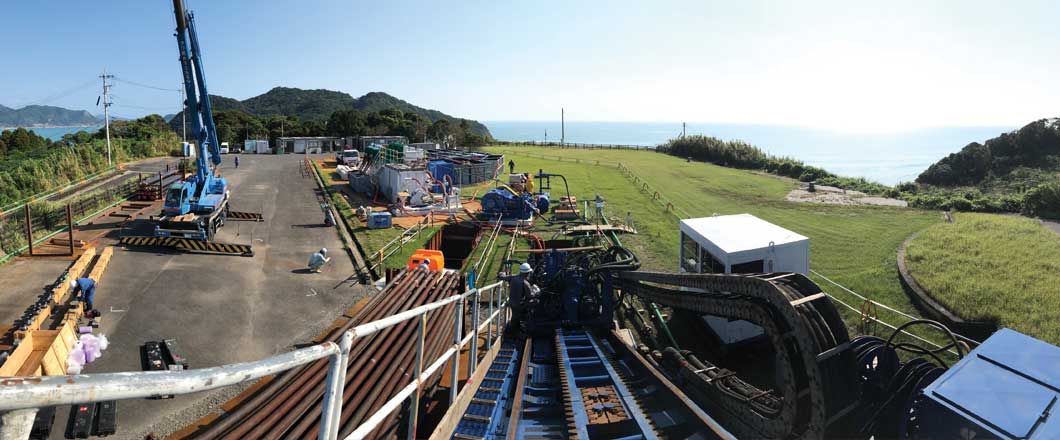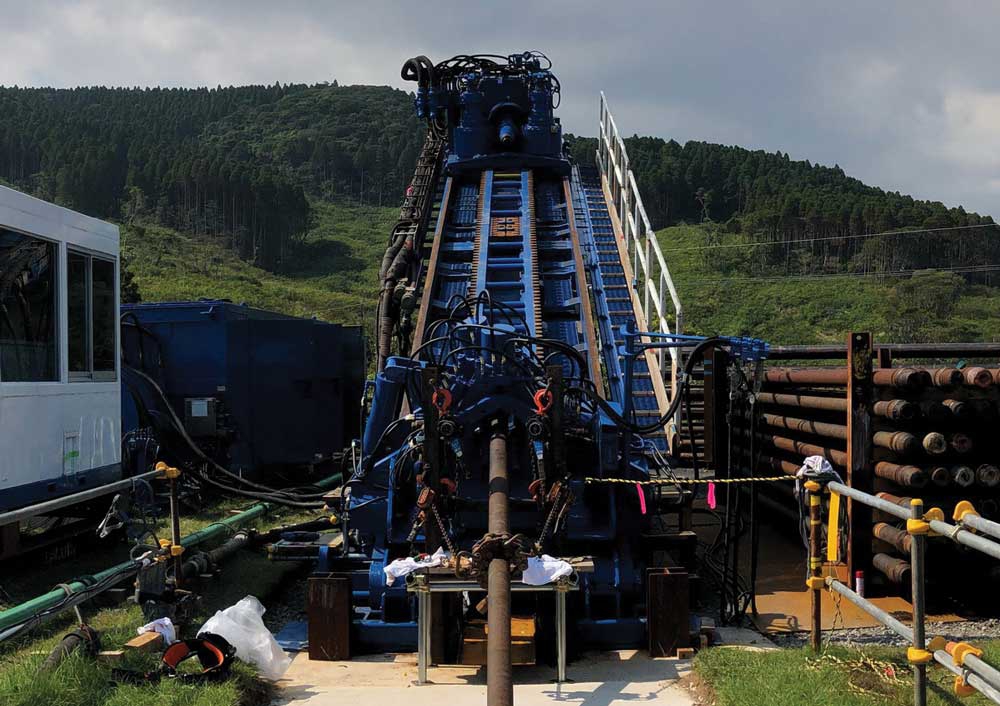如何选择HDD有线导向系统
HOW TO SELECT A WIRELINE HDD GUIDANCE SYSTEM

HDD guidance systems have experienced a period of significant growth over the past decade.
For a contractor, the choices have never been better. While heavy equipment on the surface tends to attract the most attention, it is the evolving technical capabilities of the guidance systems that has enabled HDD to expand into ever more challenging environments.
Understanding the capabilities and limitations of current guidance technology is an essential part of the planning process that occurs prior to drilling the first rod.
A complete HDD guidance system performs three main functions: steering, surveying, and tracking. The steering and surveying functions may use a magnetic reference, gyroscopic reference, or a combination of both. Most manufacturers also offer one or more forms of surface tracking, providing a secondary method of verifying pilot bore location.
Choosing a Steering Tool Type
Steering tools have long been magnetic in design, pairing a magnetometer measuring the earth’s field with an accelerometer referencing gravity to determine azimuth and inclination, respectively. Recent years have seen the introduction of gyroscopic tools which offer an advantage in magnetically noisy environments which are increasingly common on HDD job sites. Gyroscopic azimuths are measured using the Earth’s rotational axis rather than the Earth’s magnetic field and are not impacted by magnetic interference. Whether using a magnetic or gyro reference, the position of the bore is calculated based on measurements made within the steering tool.
Perhaps one of the most misunderstood realities of HDD guidance is that all systems, regardless of type, are prone to uncertainties in their calculated positions. While any individual survey measurement is generally accurate to the published specifications, inaccuracies in survey calculation tend to occur as a bias rather than in a random distribution. This may be due to improper centralization, bias in the method of measurement, or other factors not always immediately apparent on the job site. This results in a compounding error that accumulates proportional to drilled length.
Lacking a secondary method of detecting and correcting for this bias, the result can be a disastrous break of tolerance or missed exit point.

Getting a Second Opinion
To counteract survey uncertainty, tracking systems were developed in the late 1980’s to provide a secondary verification of borehole location. A magnetic source is placed on surface, its position determined via standard land surveys. This source is energized, generating a signal of known intensity. Sensors in the magnetic steering tool detect the generated signal and accurately measure the position of the tool within the bore relative to the source. This measurement is made independent of the calculated survey position, and importantly, the positional uncertainty of these tracking shots does not compound with total drilled length.
Tracking Changes
As with survey and steering tools, tracking technologies have also continued to advance. The original DC wire design has been improved upon with the development of low-current AC wire systems offering enhanced range, improved setup time, and flexible wire configurations.
Wireless surface systems now provide the ability to take rapid “check” shots, verifying position without the need to lay and survey a wire. While the accuracy of modern steering tools is impressive, the residual uncertainty existing in their calculated surveys (no matter how small) presents an unacceptable risk for any project of significant length. When bore position must be guaranteed, a steering tool supplemented with secondary tracking remains the gold standard for HDD accuracy.
Ownership Models
Selecting a guidance system also means choosing between owning a system outright or hiring an independent guidance service for each job. Ownership means committing to a specific manufacturer yet offers the benefit of developing in-house guidance expertise that is of added value to your bids. Hiring an independent service is less costly up-front and provides flexibility in choice of guidance technologies yet leaves the success of a critical component of the project subject to the availability of a third party.
As HDD enters its 50th year, projects that were once unthinkable have become routine and new opportunities continue to develop as technological improvements meet the imaginations of those who put them to use. Your chosen guidance system should offer a range of capabilities, providing cost and operational flexibility to a wide variety of real-world conditions.



